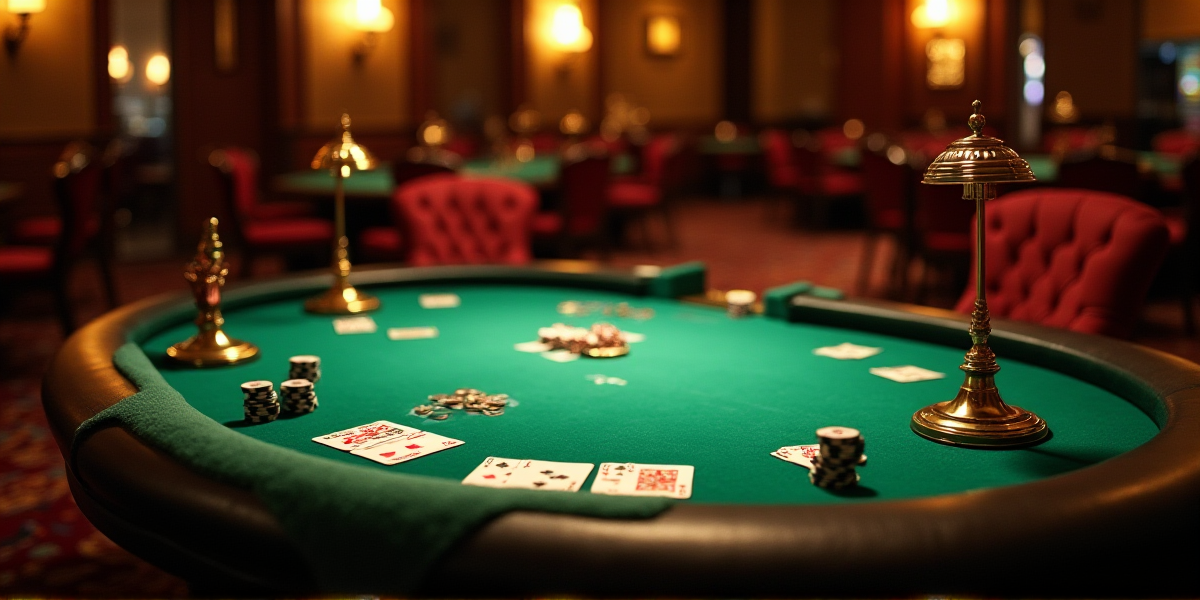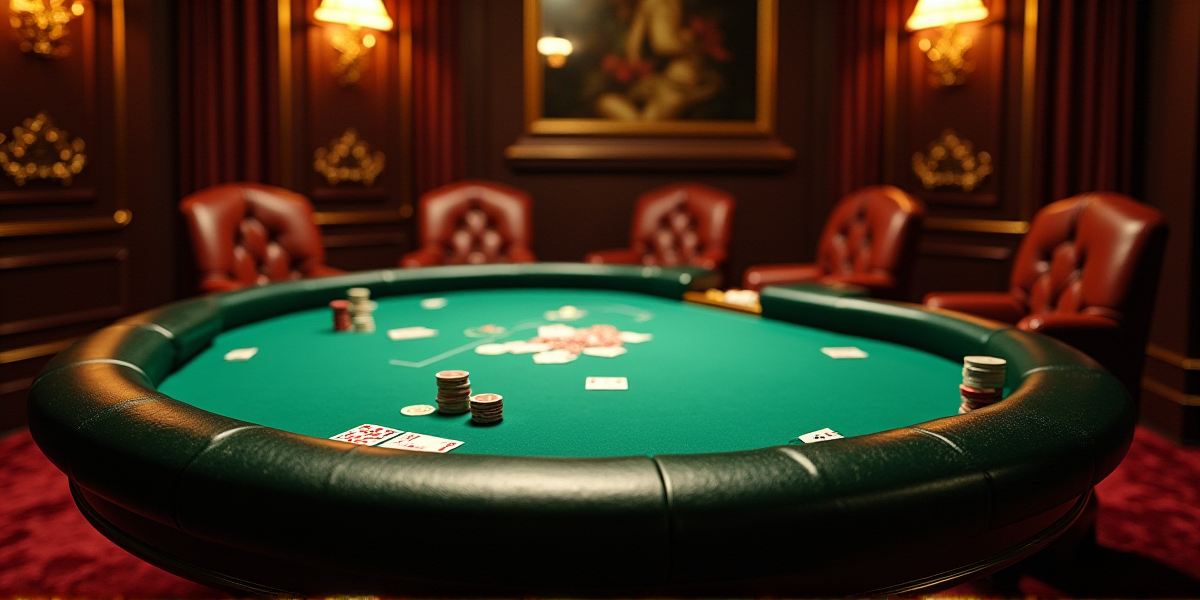What is a Poker Face? Mastering the Art of Deception in Poker
In the world of poker, a well-crafted poker face can be the difference between winning big and losing everything. It's a subtle yet powerful tool that can make or break a player's chances of success. But what is a poker face, exactly? In this article, we'll delve into the psychology behind a deceptive expression, explore the various types of poker faces, and provide practical tips on how to develop your own. We'll also discuss the real-world applications of a poker face and common mistakes to avoid.
From Neutral to Aggressive, Know Your Options
When it comes to poker faces, one size doesn't fit all. There are various types, each suitable for different situations and players. Here are a few examples:
- Neutral Poker Face: A blank expression that gives away nothing. This is the most common type, perfect for beginners who struggle to control their emotions.
- Aggressive Poker Face: A confident and assertive expression that can intimidate opponents. Use it sparingly to maximize its impact.
- Nervous Poker Face: A subtle show of anxiety to make opponents think you're bluffing. Be cautious, as this can backfire if overused.
Consider four-letter words from poker, like poky, to describe your playing style. Are you a tight or loose player? Knowing your style helps you choose the right poker face to complement your game.

Tips and Tricks to Improve Your Deception Skills
Mastering a poker face requires practice, patience, and self-awareness. Here are some tips to get you started:
- Emotional Control: Learn to recognize and manage your emotions. Take a few deep breaths, and focus on your breathing to calm down.
- Body Language: Maintain good posture, and avoid fidgeting or leaning forward. These subtle cues can give away your hand.
- Stoic Expression: Practice in front of a mirror to develop a natural, relaxed face.
- Mirroring: Observe your opponents and mirror their body language to build a connection and gain an advantage.
Remember, a poker face is not just about your expression; it's about being aware of your overall demeanor. With time and practice, you'll become a master of deception.
From Cards to Football, the Power of Deception
A poker face is not exclusive to poker; its applications extend to other games and even everyday life. Take football betting, for instance. Imagine using a poker face to bluff your way to a winning bet on Sky Bet. Imagine placing a bet on the next Man Utd manager odds, and your opponent thinks you have inside information. A well-timed raise of the eyebrow or a confident smile can make them doubt their own judgment.
The key is to adapt your poker face to the situation. In football betting, a poker face can help you negotiate better odds or disguise your true intentions. Sky Bet, in particular, is a platform where a poker face can give you an edge.

Don't Give Away Your Hand with These Facial Faux Pas
Even experienced players make mistakes that reveal their true intentions. Here are a few common errors to avoid:
- Overacting: Avoid dramatic reactions that may give away your hand.
- Inconsistency: Stick to your poker face; inconsistent behavior raises suspicions.
- Micro-Expressions: Be aware of fleeting emotions that can betray your poker face.
Correcting these mistakes takes time and practice. Start by recognizing your weaknesses and working on them.
A poker face is a powerful tool in any player's arsenal. By understanding its significance, mastering the art of deception, and avoiding common mistakes, you'll improve your chances of winning. Remember, a poker face is not just about hiding emotions; it's about projecting confidence and misdirection. What is a poker face? It's the key to success in poker and beyond. Practice, perfect, and you'll be on your way to becoming a master of deception.

